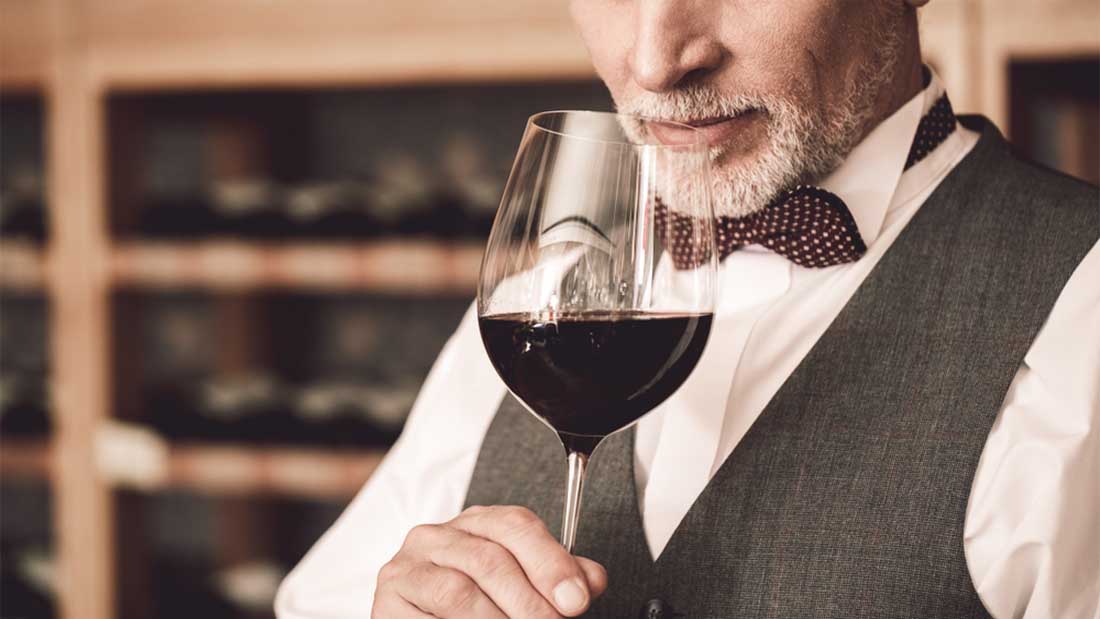
15 Jan The Basics of Evaluating Different Wines
Wines come in a wide range of varieties, flavours, strengths, colours, and types. The taste and liking for a particular wine differ from person to person, which is why it’s hard for everyone to agree which wines are the best. Amateur wine drinkers have to learn many things before determining the type of wine they want.
The importance of analysing and tasting wine cannot be stressed enough to master the art. Before you purchase wine from your local liquor store or online, it’s essential to understand every aspect. You need to take your time and learn various techniques for evaluating wines.
Besides, when you finally sit down to have a glass of wine, do so in an appropriate and peaceful surrounding. Tasting wine the right way requires a considerable amount of concentration, which is hard to achieve in noisy places. You also need to avoid surroundings with heavy odours, whether perfumes, pets, or cooking smells- keep your distance.
The reason for this is that strong scents can hinder inhaling and judging the various aromas in the wine. The wine-drinking experience involves everything from the temperature to its age and residual flavours that linger in the drinker’s mouth. There are several techniques for evaluating wines. As a wine-drinker, it’s essential to be well accustomed to each one of them.
1. Using Sight
Once you’re in the perfect drinking environment, you will have to evaluate the wine in your glass. Slowly pour the wine, but limit it to one-third of the glass. Here are a few different ways to assess it by sight:
- Side view
- Swirl
- Straight angle view
- Tilted view
2. Sniff
Once you evaluate your wine by sight, take in a whiff of it. You can swirl it slightly and take short sniffs. This will give you a better understanding of the wines’ various characteristics. Most wines have a mix of various aromas that develop in them, over time, such as:
- Common Flaws – When you sniff your wine, it will help you determine whether it’s spoilt or not. The cork needs to give out a musty, attic-like smell. Wines with higher levels of S02 smell like burnt matches. Be wary of wines that smell like a sweaty saddle or a dirty horse. It indicates that Brettanomyces (a kind of yeast) are present in them.
- Fruity Aromas – Wines are made of grapes, which is why you’d expect to smell like fresh fruits, which is unless the wine is old or very cold. Once you figure out how to identify the various fruity smells, you can then even point out the grapes’ growing conditions.
- Spices, Leaves, Flowers, Herbs, Vegetables – White wines including Riesling or Gewurztraminer are known to give off floral aromas. However, ones like Cabernet Sauvignons or Sauvignon Blanc give off grassy smells with slight herbal hints.
- Aromas of the Wine Barrel – Smells of roasted nuts, caramel, vanilla, chocolate, and toast occur due to ageing in oak barrels.
- Secondary Aromas – Sparkling wines or young whites often smell like beer and is a direct result of the yeast in them. Caramel, buttered popcorn, and honey-like aromas are a result of the second fermentation process.
Evaluation by Taste
After completing the steps mentioned above, it’s time to taste your wine. Avoid gulping it down, and opt for smaller sips. Besides helping you evaluate the flavour profile, it will also help you determine how good the wine actually is. Here are a few tips:
- Balanced – A well-balanced wine indicates that it’s not too alcoholic, too sugary, or sour.
- Harmonious – These wines contain all components in the perfect proportion, but each one of them sticks out by themselves.
- Complex – Complex wines have layers upon layers of diverse flavours and various aromatic characteristics.
- Complete – A complete wine can be characterised as something complex, harmonious, well-balanced, and evolved. It’s meant to give a long-lasting and satisfying finish, appealing to wine wine-drinkers’ mind and soul.
These are just some of the ways in which you can evaluate wines. Storing your wines in the right conditions helps to maintain their condition, while enhancing flavours. To find out how Signature Cellars can help you design and build a wine storage solution that can help protect your investment and add value to your home, call us on 1300 570 636 or email info@signaturecellars.com.au, and we will respond shortly.
Thanks for reading,
Neil Smallman
Signature Cellars
1300 570 636




No Comments